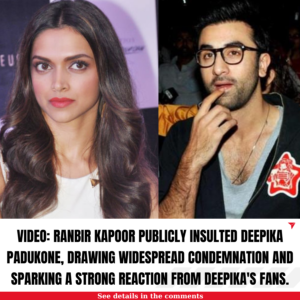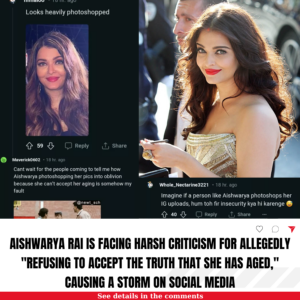The deepfake controversy involving Indian celebrities highlights the urgent need for AI regulations and safeguards, as these technological advancements pose significant risks, influencing the demand for legal recourse, vigilance, and the development of AI-based solutions to combat such threats


As has always been the case with any technological development, most common discussions around Artificial Intelligence (AI) centre on the direct, perceivable pros and cons it poses (thanks to sci-fi’s favourite plot of robots taking over all humanity). It takes an unfortunate scapegoat to force us out of our voluntary or involuntary ignorance, look at everything that lies beyond, and acknowledge the gaping divide between those who are willing and not willing to participate in AI-related discussions.
Earlier this month, a deepfake video (a video featuring a human whose appearance was digitally altered using AI tech) surfaced featuring Rashmika Mandanna’s facial likeness morphed over that of British-Indian social media personality Zara Patel. While those familiar with deepfakes could spot its eeriness immediately, Rashmika’s pan-Indian popularity, the fact that she was the first Indian actor to voice out against deepfake abuse, and that it got even the Prime Minister voicing out his concerns, attracted colossal media attention. The only silver lining in the controversy that erupted is that it has demanded that social media users from India pay attention to the global conversations on both AI as well as the regulation of the use of the tech in the hands of humans.
News
Viral video: Palak Tiwari spotted leaving Ibrahim Ali Khan’s house following breakup rumors.
Palak Tiwari Spotted Leaving Ibrahim Ali Khan’s House Amid Speculations of Relationship Status In a recent and highly-discussed development within celebrity circles, a viral video capturing Palak…
Video: Ranbir Kapoor publicly insulted Deepika Padukone, drawing widespread condemnation and sparking a strong reaction from Deepika’s fans.
Video: Ranbir Kapoor Publicly Insults Deepika Padukone, Sparking Controversy In a recent shocking incident in Bollywood, Ranbir Kapoor publicly criticized his former girlfriend, Deepika Padukone, sparking outrage…
Aishwarya Rai Rolls Her Eyes At Abhishek Bachchan, Shweta-Jaya Royally Ignore Them In Viral Video
In a recent video from ‘The Archies’ premiere, Aishwarya Rai was seen rolling her eyes at Abhishek Bachchan and Shweta-Jaya royally ignored them. Abhishek Bachchan and Aishwarya…
Aishwarya Rai is facing harsh criticism for allegedly ‘refusing to accept the truth that she has aged,’ causing a storm on social media.
Aishwarya Rai Gets Trolled For Posting Edited Pictures, Netizen Says, ‘She Can’t Accept Her Ageing’ Aishwarya Rai gets brutally trolled for posting her edited pictures on social…
When Bobby Deol’s Wife, Tanya Allegedly Slapped Kareena Kapoor, Latter Said, ‘She Didn’t Behave…’
Throwback to the slapgate controversy, in which Kareena Kapoor was allegedly slapped by Bobby Deol’s wife, Tanya Deol. Catfights are common in the glamour world, and we…
Kareena Kapoor is said to be barred from wearing a bikini due to her husband Saif Ali Khan’s objections, causing a stir on social media with her response.
Kareena Kapoor Khan gives the sassiest reply to a troll asking how Saif Ali Khan lets her don a bikini [Watch] Kareena Kapoor Khan had this to…
End of content
No more pages to load











